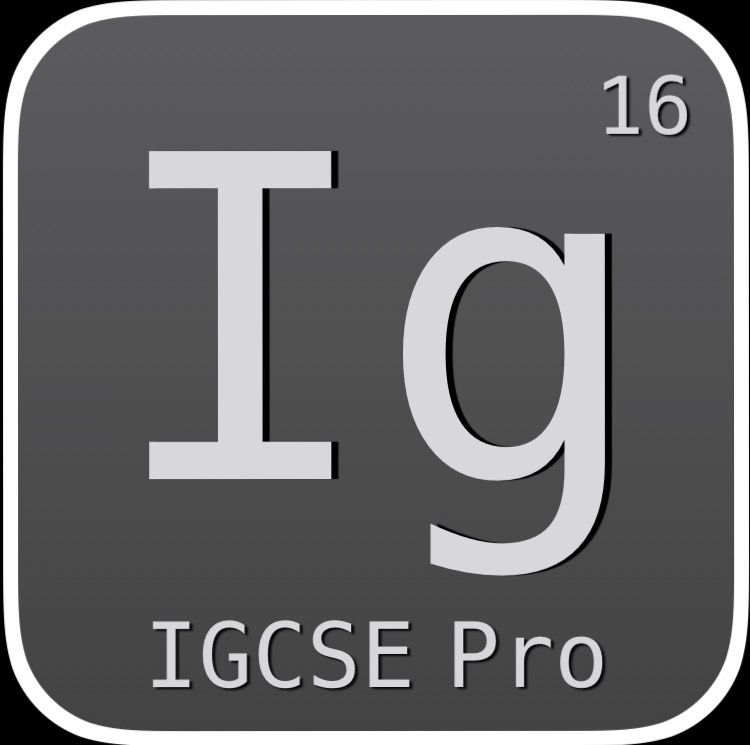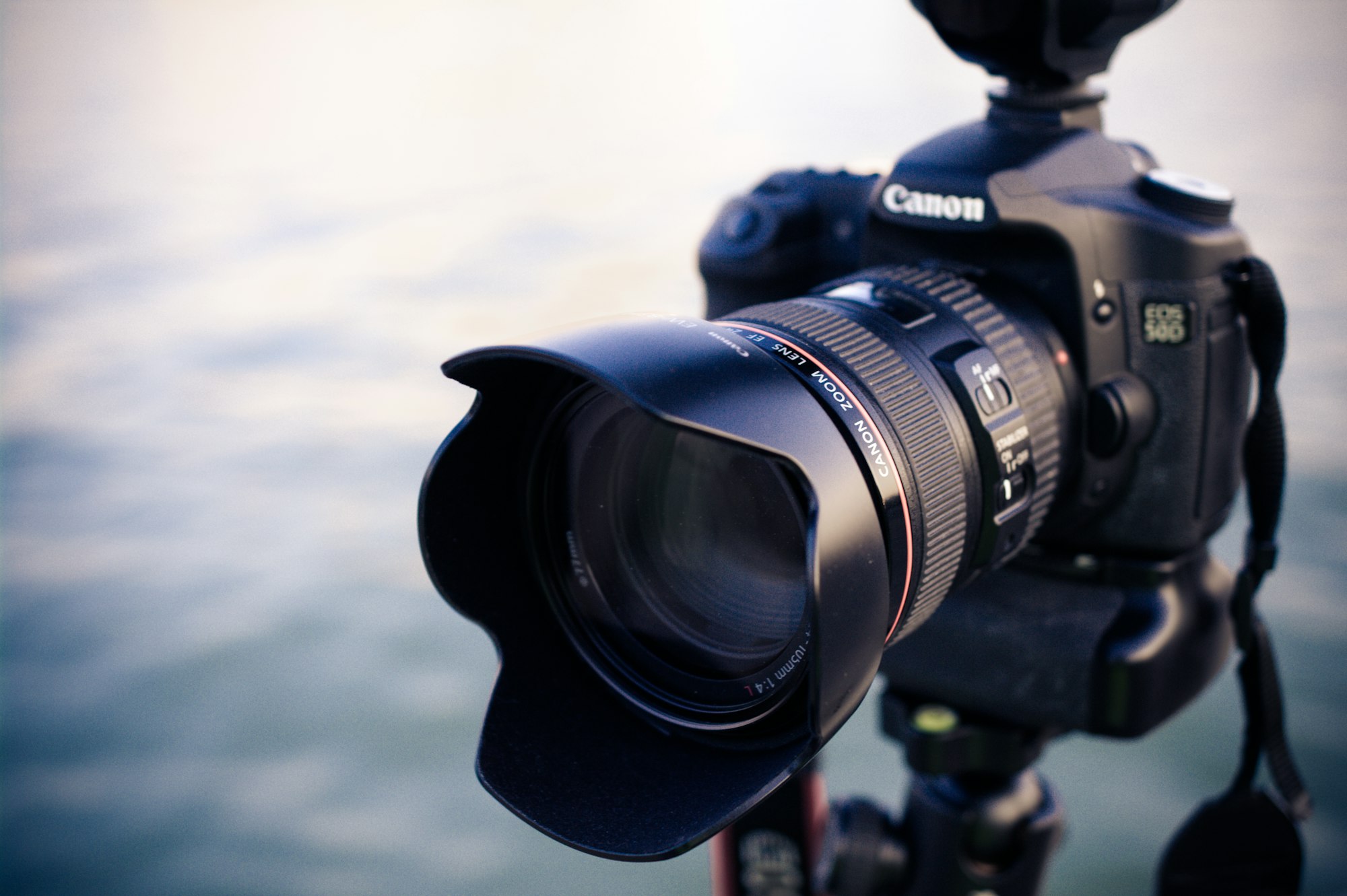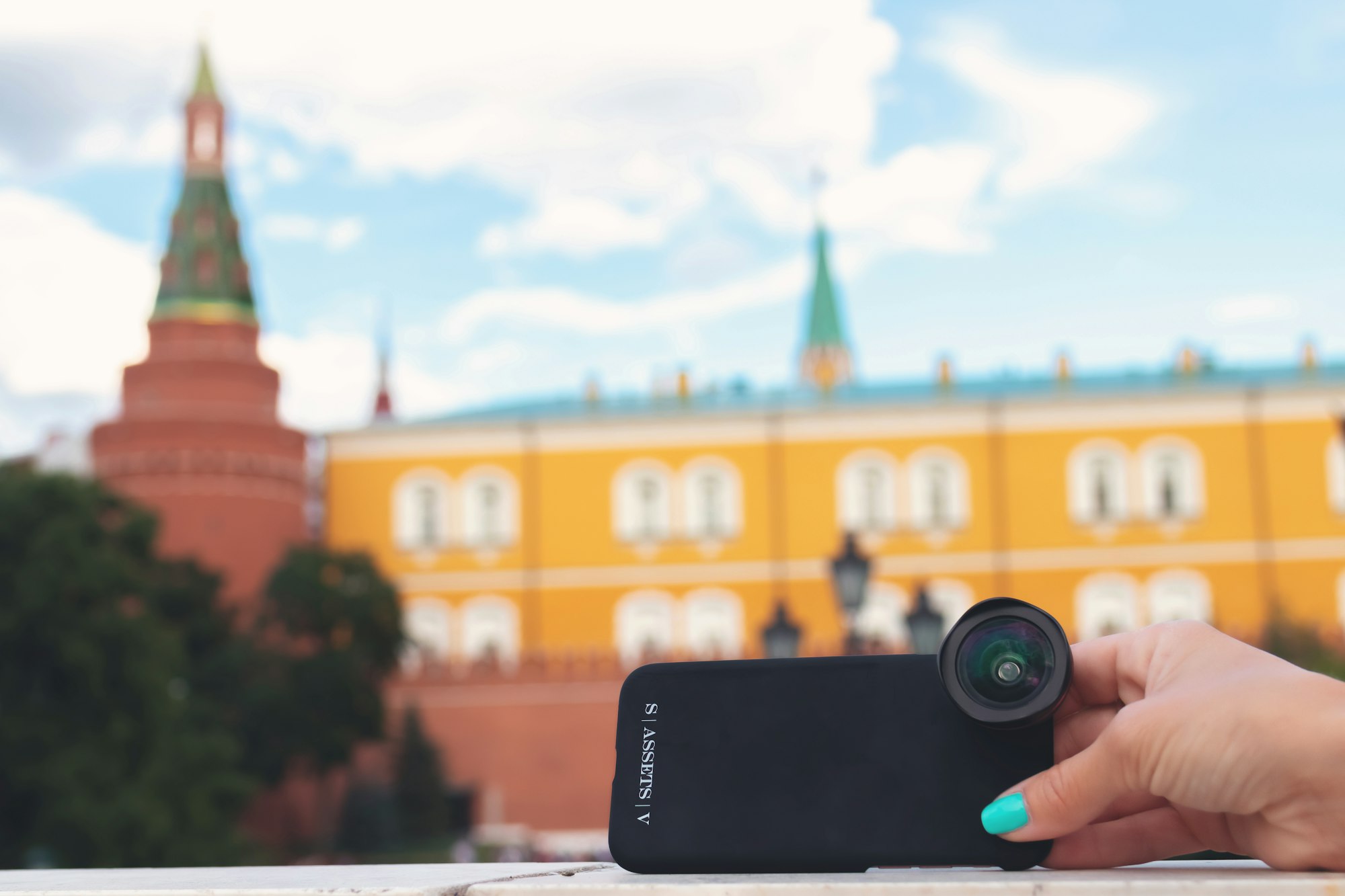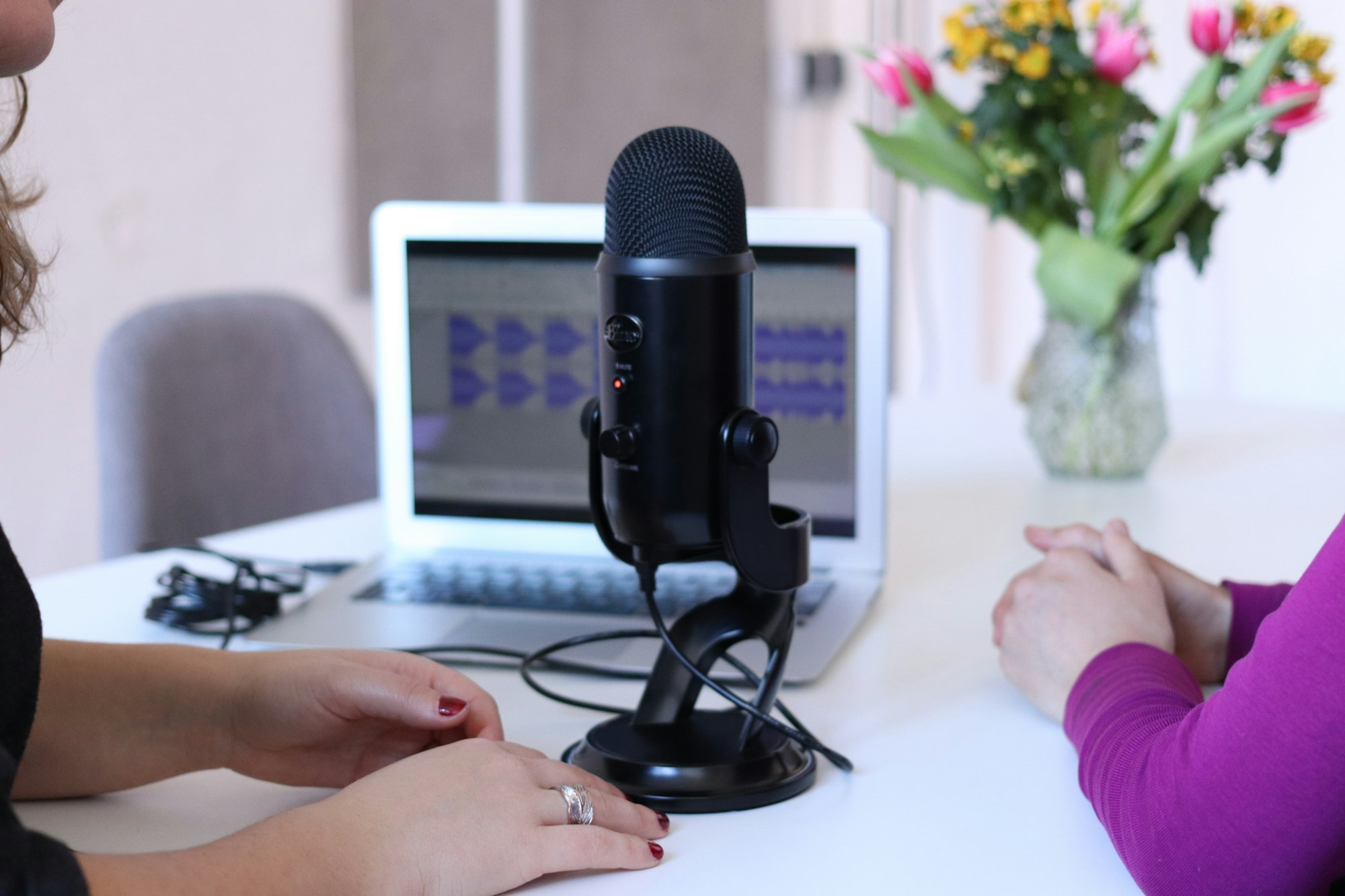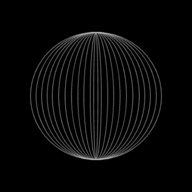Input Devices - Input Audio-Video Devices
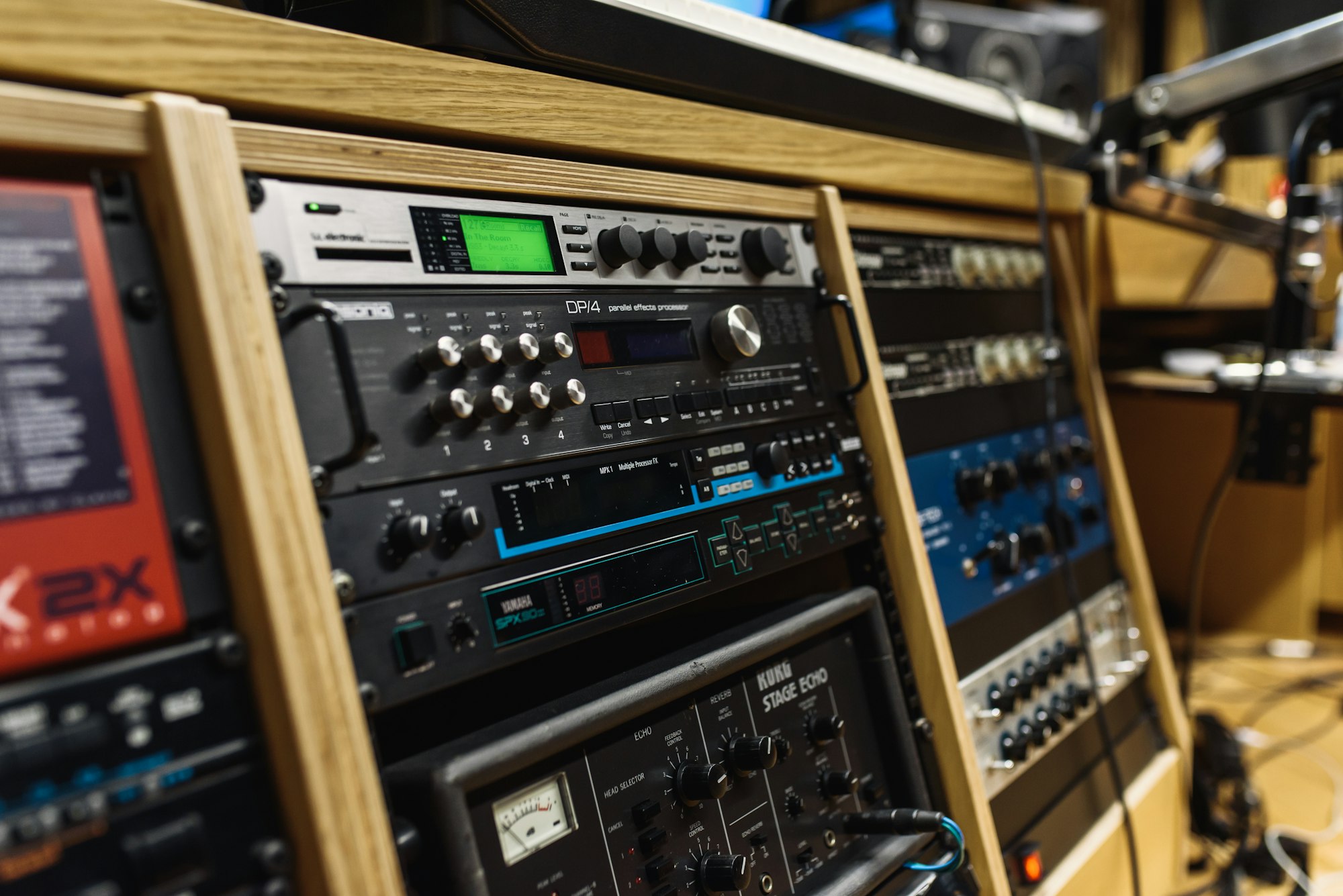
We will study about scanners, digital cameras, video cameras, web cameras and microphones as part of input audio-video devices.
What are the examples of input audio-visual devices?
There are various input audio-visual devices. Let's analyse them one by one:
Scanner
- A scanner is an input device which scans images, documents, photographs, etc.
- Basically, scanning is simply taking a close-up photograph of an image.
- The scanned image data is passed to the computer and used by the users.
- The most common type of scanner is a flat-bed scanner which has a glass plate on which the item to be scanned is placed.
- The item is illuminated and an image of it is captured by a moving scan head.
- Scanned images can be further processed once inside the computer.
- Images can also be used with optical character recognition (OCR) software to allow the information to be used in a word processor, desktop publishing, presentation software, etc.,
Uses
- Scan in documents and convert into a format for use in various software packages.
- Scan in old/valuable documents/books, thus protecting the originals, as well as producing records in case the paper copies are lost/destroyed (this is also known as archiving).
- Scan in photographs (not all cameras are digital, so some photographs are still printed on paper requiring conversion to computer format for storage).
- Scan in barcodes at POS terminals.
Advantages
- Can be used with other softwares to improve or repair photographs.
- Scanning is the only way of digitizing old paper-based images.
- A scanner can be used in conjunction with special Optical Character Recognition software (OCR) to scan and enter text into a word processing document instead of typing.
Disadvantages
- Scanners take up a lot of space.
- The quality of the scanned item may be poor, depending on the scanner’s resolution.
- It can take a lot of time to digitize all the pages in a lengthy document or if the resolution is set to high and the colour scanning mode is chosen.
- They aren’t portable.
Digital camera
- A digital camera is a device that captures digital photographs.
- Most digital cameras don’t directly input data or photographs into the computer; they store photographs in memory cards.
- A modern digital camera can capture photographs of 10 megapixels or more per photograph! This means 10,000,000 pixels in every snapshot!
- The images stored in memory stored can be transferred to a computer by
- directly reading the memory card (by slotting it into a card reader attached to a computer or a printer).
- connecting the camera to the computer using a USB port.
- using wireless data transfer (Wi-Fi or Bluetooth).
Digital Camera
Advantages
- It is easier to produce better quality photographs than with a traditional camera.
- No need to use chemicals while developing films.
- The images are in a form that can be directly placed in a word document or in a presentation.
- The digital images they produce can be easily sent from place to place using social networking websites, e-mail etc.
- Memory cards can store hundreds of photographs.
Disadvantages
- The photographs may not be of good quality as compared to photographs taken using many traditional cameras. However, this is improving all the time. The quality of the photographs depends on the number of pixels (many digital cameras now offer more than 20 mega pixels per image), quality of lens, etc.
- The photographer needs to have professional skills to use digital photographs and edit them.
- There is some loss of artistry as most softwares now correct errors in the photographs e.g., incorrect exposure, removal of red eye, etc.
- Images often need to be compressed to reduce the amount of memory used as a single image can use more than 4 MB of memory.
Smartphones and tablets are now capable of taking photographs of a very high quality. In fact, some of the latest smartphones are essentially making cameras almost obsolete for the casual photographer.
But, as the quality of the lens is an important feature, professional photographers will continue to use digital cameras for now.
However, it is now possible to get special attachments for many smartphones to allow special effects, zooming functions and even light filters.
Video camera
- A device that captures moving images or video is called a video camera.
- Like a digital camera, most video cameras do not directly input data into a computer.
- The captured movies are stored on video tapes or memory cards and then transferred to a computer.
Though specialist video cameras exist, many digital cameras are now capable of taking moving images. Since the video footage is simply a number of still photos 'stitched' together, this allows a digital camera to take reasonable video.
These cameras are often referred to as DV (digital video) cameras; they store compressed photo frames at a speed of 25 MB per second — this is known as Motion jpeg.
In both digital and video versions, the camera picks up the light from the image and this is turned into an electronic signal using light-sensitive sensors. In the case of the DV cameras, these signals are automatically converted into a compressed digital file format.
Digital Video Camera
Advantages of digital video camera over traditional video camera (that use film)
- Can capture both - still and moving images.
- Easy to transfer video to computer.
- Can store many images or videos until it can be used for editing.
- DV format gives a very high quality of image which lends itself to effective editing.
Disadvantages
- Very difficult to produce good video without training on a video camera.
- A video camera can be expensive to buy.
- Picture quality of the video is determined by the number of pixels and this may be low unless an expensive video camera is purchased.
- Video footage on a 1 GB memory costing much more than a video tape, is only about 20 minutes while that on tape is 60 minutes. But the cost of the memory card will reduce over time, reducing this disadvantage with time.
Web Camera
- This is a very basic video camera used to feed live videos into a computer.
- The video data from a web camera is of low quality as compared to a video camera.
- However, it is good enough for web chats on Skype, Messenger, etc.
- Usually a web camera is clipped onto the top of the computer screen; however, many laptops now have web cameras built into the edge of the screen.
- It is mainly used to conduct simple video conferences.
Webcam
Uses
- It makes it possible to have live video conferencing.
- They are being used by people as a personal way of having conversations while chatting/talking online.
Advantages
- We can see the reaction of people as they are talking using a web camera.
- A web camera allows people to view traffic on the local roads.
- They can be left on constantly, only being activated as required; which means it is possible to have an immediate face-to-face video chat much like instant messaging with images.
- They allow people to keep in contact with each other without the need to travel which is very useful for elderly or disabled people.
Disadvantages
- Limited extra features to improve image quality.
- The picture quality can be poor at lower resolutions.
- Generally have a fixed position; hence cannot be moved around (except if they are part of the laptop screen).
Microphones
- A microphone is an input device that converts sound signals into digital signals that can be input into a computer.
- The signal from a microphone is usually analogue; so before it can be processed by the computer it must be converted into digital data.
- An ADC (Analogue Digital Converter) is used for this conversion (ADCs are usually built into the computers sound card to do so).
Microphone
Uses
- To input speech/sounds to be used in various applications, like say in presentations, sampling (in films, music, etc.) , special effects (films).
- Input in voice-recognition software. The software converts the speech into text that can be used in, for example, a word processor or to input commands into a computer.
- To recognise commands; for example, some cars now have voice-activated systems to switch on the lights, turn the radio volume up, etc.
- Microphones can also be used as a sensor to pick up sound (for example, in a burglar alarm system).
- Input instructions to smart devices like 'Echo Dot' to play music, tell news and switch on/off devices, etc.
- Used in video conferencing or Voice over Internet Protocol (VolP) applications.
Advantages*
- Microphones can be used by disabled people to input data.
- Microphones are very cheap to purchase.
- It can be faster to speak instructions over a microphone, rather to type them.
- It is possible to manipulate sound in real time using special software rather than work on a recording done at some earlier stage.
- If used in a voice-activation system, it has the advantage of improving safety (since the car driver, for example, doesn't need to take their hands off the wheel to operate a switch or alter the radio station, etc.).
Disadvantages
- Background noises can cause problems while using voice recognition system with a microphone.
- Voice recognition is not completely accurate; hence mistakes may occur.
- Sound files when stored, take up a lot of disk space.
This is the end of this guide. Hope you enjoyed it! Thanks for using www.igcsepro.org! We hope you will give us a chance to serve you again! Thank you!
